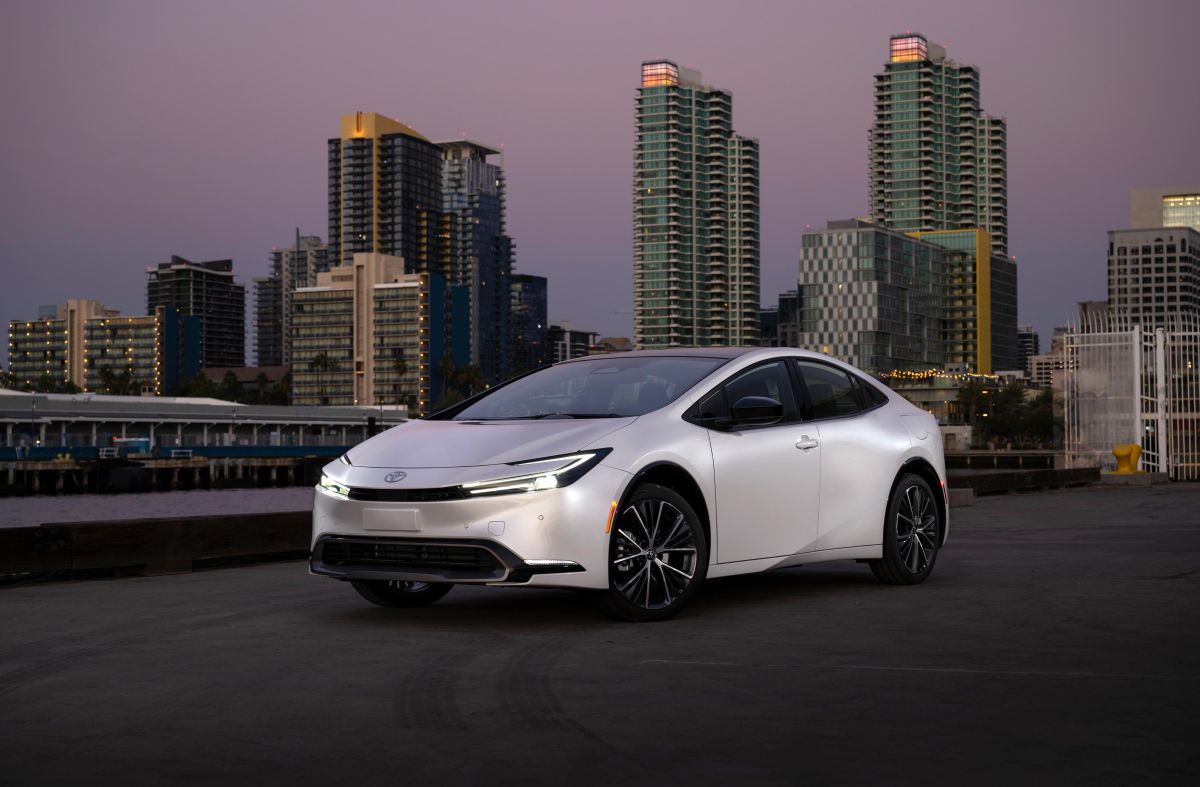CarGurus' Quarterly Review for Q3 2024 shows a dramatic shift in vehicle purchasing toward more budget-friendly hybrid cars amidst continued economic uncertainty. As the need for cost-effective transportation options becomes more pronounced, hybrids are leading the charge in new car sales growth.
"After years of post-pandemic revenge spending, consumers are becoming more prudent as they face economic uncertainty, still-high interest rates, and vehicle prices that remain elevated," said Kevin Roberts, director of economic and market intelligence at CarGurus.
The report details this trend extensively, noting high demand for vehicles priced between $20,000 and $30,000 in new cars and $15,000 to $20,000 in used cars. These segments represent the lion's share of sales growth, with increases of 43% and 59%, respectively. In contrast, higher-priced used vehicles over $30,000 are seeing a decline in sales and are staying longer on dealer lots.
Hybrid vehicles have outperformed expectations originally set for electric vehicles (EVs) this year. While new EVs account for only 4% of total retail sales, hybrids have captured nearly 11%, with year-over-year sales volumes for new hybrids up nearly 44%, attributed to hybrids' more affordable pricing and fewer concerns about range and charging infrastructure.
The report also points to broader market adjustments, noting an imbalance in new car inventory levels. Approximately 58,000 new vehicle listings nationwide are models two years or older, up 58% compared to pre-COVID levels, suggesting a market correction as dealerships attempt to align inventory with current consumer demand.
Political cycles also play a role in shaping car sales dynamics, with the report indicating that presidential election years often see dips in August, October and November sales, followed by a rebound at the year's end.
Despite recent interest rate cuts, the immediate impact on vehicle affordability is likely to be limited. Because auto rates tend to follow two- and five-year treasury rates as opposed to the short-term Federal Funds Rate, consumers will not immediately see significant declines. Additionally, with auto loan delinquencies rising, financial institutions may be more hesitant to lend credit or quickly lower rates.
As 2025 models begin to enter dealer lots, consumers might find opportunities among the slightly older new car models, potentially benefiting from the ongoing adjustments in price and inventory.












